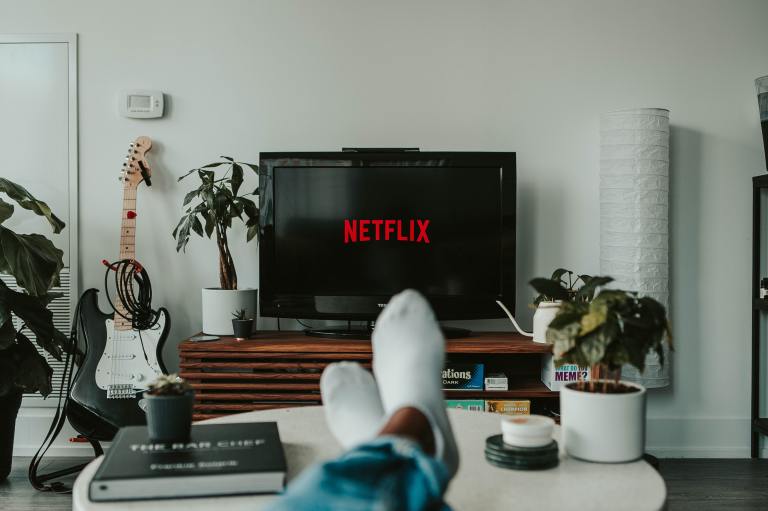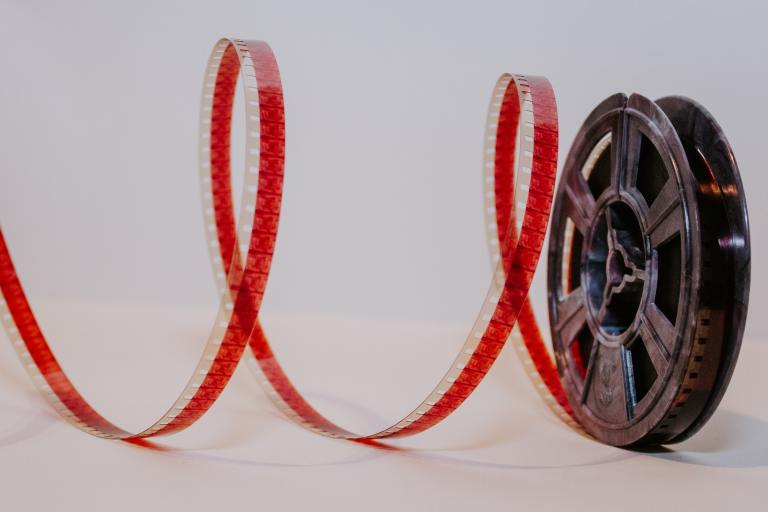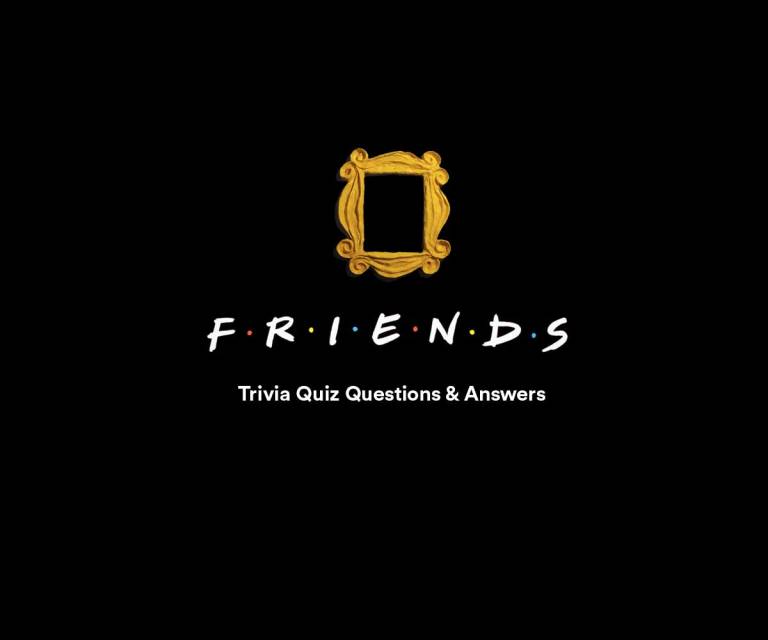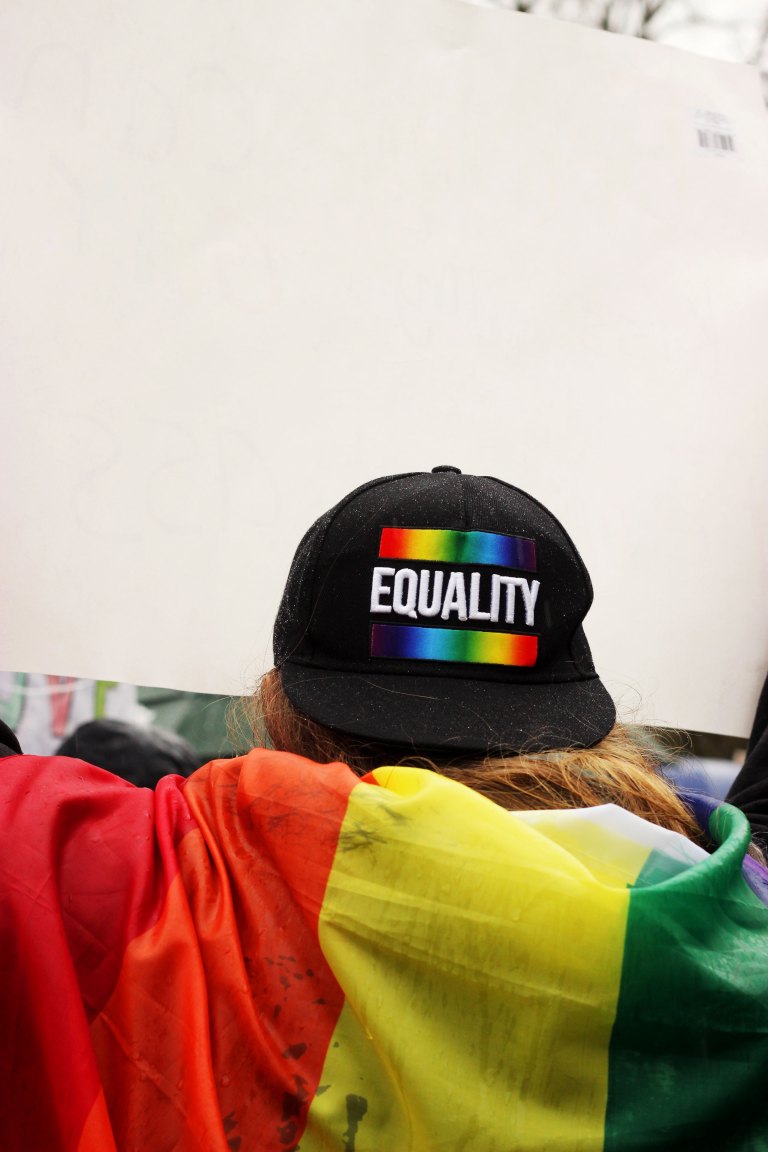Gender Bending in Entertainment
Surprise! Not only was the talent on display at the drag pageant just as impressive as anything you'd see televised on Miss USA or Miss Universe, but it involved so much more than lip-synching to Garland, Streisand, Cher and Madonna. And the turnout was massive.
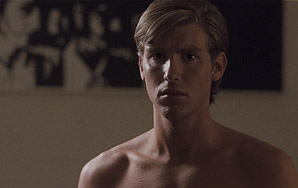
First, a prediction: Next February when the three drag queens in the 1994 road film-turned-stage musical Priscilla: Queen of the Desert pull up on Broadway — after hugely successful spins in Australia and on London’s West End and a North American test drive that began last month in Toronto — gays, straights and everyone in between will turn out in droves to welcome them. Multiple Tony nominations are possible and a long, lucrative engagement is probable.
When it comes to gay-themed entertainment for the straight masses, a good drag queen is as close as you can get to a sure thing — and the more, the merrier. Straight-up gay men with active sex lives still can be a tough sell — note the as-yet-unreleased-in-the-U.S. I Love You Phillip Morris, starring Jim Carrey and Ewan McGregor as jailbird lovers (latest promised arrival date: December 3) — but squeeze them into women’s clothing, paint them with garish make-up, and give them some funny jokes, and everyone’s laughing right along.
Back in the ’90s, I met up with a friend in Chicago for a three-day drag pageant. Yes, a drag pageant. Though I’ve never been particularly interested in drag, I went to Chicago because I love the Windy City, and I saw it as an opportunity to spend quality time with a good friend while working in a totally new experience.
Surprise! Not only was the talent on display at the drag pageant just as impressive as anything you’d see televised on Miss USA or Miss Universe, but it involved so much more than lip-synching to Garland, Streisand, Cher and Madonna. And the turnout was massive. Yes, the crowd was predominantly gay and lesbian, but there was a significant number of straights in the mix, including the mother of my friend.
By the time I left New York City in 2006, drag no longer had quite the drawing power in the U.S. that it had in the ’90s when Rupaul was a major star and Wigstock was one of the biggest events of the year, but it’s still a big part of gay culture in Argentina and in Australia. In Buenos Aires, most gay clubs and bars feature drag on the entertainment menu, and on some dancefloors, drag queens and transgendered patrons are nearly as populous as muscle studs.
The gay scene is similar down under. Perhaps it’s a lingering after-effect of the Oz-set Priscilla movie (which spawned the unfortunately titled U.S. copycat To Wong Foo, Thanks for Everything, Julie Newmar, the following year), but in nearly every gay joint in Melbourne and Sydney, there’s yet another visual spectacle — big hair, big make-up, big personality — cracking jokes onstage and mouthing the words to Kylie Minogue’s “Get Out Of My Way” like it’s some kind of drag mantra.
But what happens when cross-dressing and gender-bending are no longer played strictly for laughs and/or visual effect? Despite the long-standing popularity of actors in drag (from Some Like It Hot to Bosom Buddies to Tootsie to Mrs. Doubtfire to Tyler Perry’s Madea films), and the steady presence of gays and lesbians in prime time and film (Annette Bening is currently the Best Actress Oscar frontrunner for her sapphic turn opposite Julianne Moore’s in The Kids Are All Right), transgendered characters (like Priscilla‘s saddest drag queen — natch!) remain largely on the outskirts of entertainment, showing up every few years to remind us that they, too, exist.
Occasionally, they’re played by actors and actresses who are too impressive for Oscar to ignore: Chris Sarandon and Al Pacino as, respectively, a pre-op transsexual and his boyfriend planning to rob a bank to pay for the operation in 1975’s Dog Day Afternoon; John Lithgow as a transsexual woman in 1982’s The World According to Garp; William Hurt, the first winner (Best Actor) for a transgendered role, in 1985’s Kiss of the Spider Woman. In the ’90s, Jaye Davidson, a man, received a nomination for portraying a transsexual woman in The Crying Game, and Hillary Swank won the first of her two Oscars for playing transgendered teen Brandon Teena in 1999’s Boys Don’t Cry. Most recently, Felicity Huffman scored a nod for her performance as a pre-op man-to-woman reunited with the son she never knew she had in Transamerica.
On TV, they’ve made sporadic appearances over the years, in sitcoms like The Golden Girls and Ally McBeal, in South Park and Family Guy, and in Normal, a 2003 HBO drama starring Emmy nominee Tom Wilkinson as a middle-aged dad who stuns his wife (Jessica Lange, also Emmy-nominated) by announcing that he wants to have sex-reassignment surgery. America’s Next Top Model featured transgendered competitor Isis King a season or two ago. Chris O’Donnell played a transsexual who dated Charlie as a woman and slept with Charlie’s mom as a guy on Two and a Half Men, Rebecca Romijn costarred as Alex Meade-turned-Alexis Meade on Ugly Betty, and several years ago, Broadway star Jeffrey Carlson played Zoe, a transgender rock star on All My Children.
Still, as was the case with gay and lesbian characters until recently, transgender characters — and certainly the majority of the ones mentioned above — are generally defined by their gender identity and the situations that arise from it. Modern Family features a gay couple doing “straight” things like going to work, bickering and getting their kid into a good pre-school, but where’s the hunky crime scene investigator who just happens to have once been a girl? (Transgender TV and film portrayals are almost always man-to-woman, though, according to the American Psychological Association, roughly 1 in 30,000 biological females is transsexual compared to 1 in 10,000 biological males, so Chaz Bono — formerly Chastity and the son of gay icon Cher — is part of a significant community.)
What an intriguing twist it would be to come across a transsexual lead living a normal life where gender-reassignment is not the crux of the character, or used for comic relief or as the source of angst. Someday it might happen, but for now, it seems about as likely as new American Idol judge Steven Tyler thinking “Dude looks like a lady” to himself as next season’s winner is announced. ![]()
